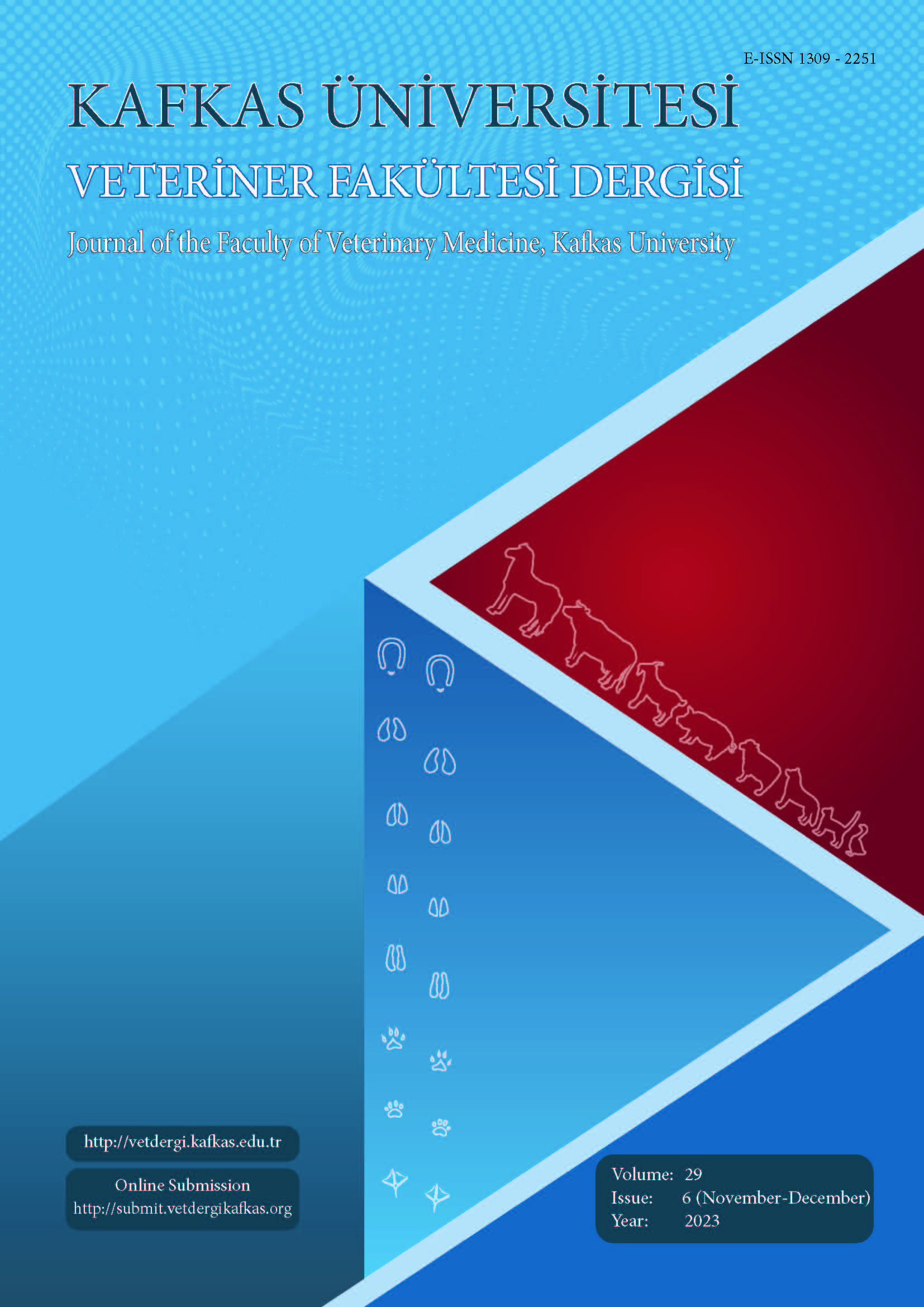
This journal is licensed under a Creative Commons Attribution-NonCommercial 4.0 International License
Kafkas Üniversitesi Veteriner Fakültesi Dergisi
2023 , Vol 29 , Issue 6
Effects of Dietary Protein on Milk Yield and Colostrum Whey Protein Composition of Tibetan Sheep in Modern Intensive-fed Pattern
1School of Life Science, Qilu Normal University, Jinan, Shandong, 250200, PR CHINA2College of Agriculture and Animal Husbandry, Qinghai University, Xining, Qinghai, 810016, PR CHINA DOI : 10.9775/kvfd.2023.30159 Colostrum protein, an essential source of dietary nutrients, could improve new-born animals" immunity, and play a vital role in mammals" early development. In order to explore the milk yield and colostrum whey protein composition of Tibetan sheep, 120 Tibetan sheep were arbitrarily separated into categories, namely treatment groups (A, B, C) and control group (D). Compositional and functional differences in milk yield and colostrum whey protein composition among different dietary proteins were compared using proteomics methods. The results showed that sheep with 14% protein level diet group (group B) had the least bodyweight loss and higher milk yield during lactation compared to the other groups. Fifty differentially expressed proteins (DEPs) were recognized using iTRAQ, these DEPs were analyzed based on cluster, GO, KEGG and PPIs analysis. GO-BP involved were Protein transmembrane transport, Protein regulation metabolic process, Biological regulation, Regulation of biological process, and Response to stimulus. Meantime, DEPs participated in many KEGG pathways, including Fatty acid metabolism, Glycerophospholipid metabolism, Protein digestion and absorption, Ras signaling pathway and Cell adhesion molecules. The treatment groups showed increase in the abundance of regulation metabolic process (especially protein metabolism and fatty acid metabolism), along with decrease in stress reaction process. Lactoferrin, Alpha-S2-casein, Superoxide dismutase [Cu-Zn], Alpha-s1-casein, Alpha globin and Lactoperoxidase appeared in the center of the PPi network intersection. Interestingly, 14% protein group (group B) had exhibited the greatest variability between biological relevance in milk composition and function, these results could increase the understanding of different dietary protein on colostrum whey protein composition of Tibetan sheep, which could provide important information and potential directions for the infant milk powder and functional food industries. Keywords : Tibetan sheep, Dietary protein, Milk yield, Colostrum whey protein, Proteomics










